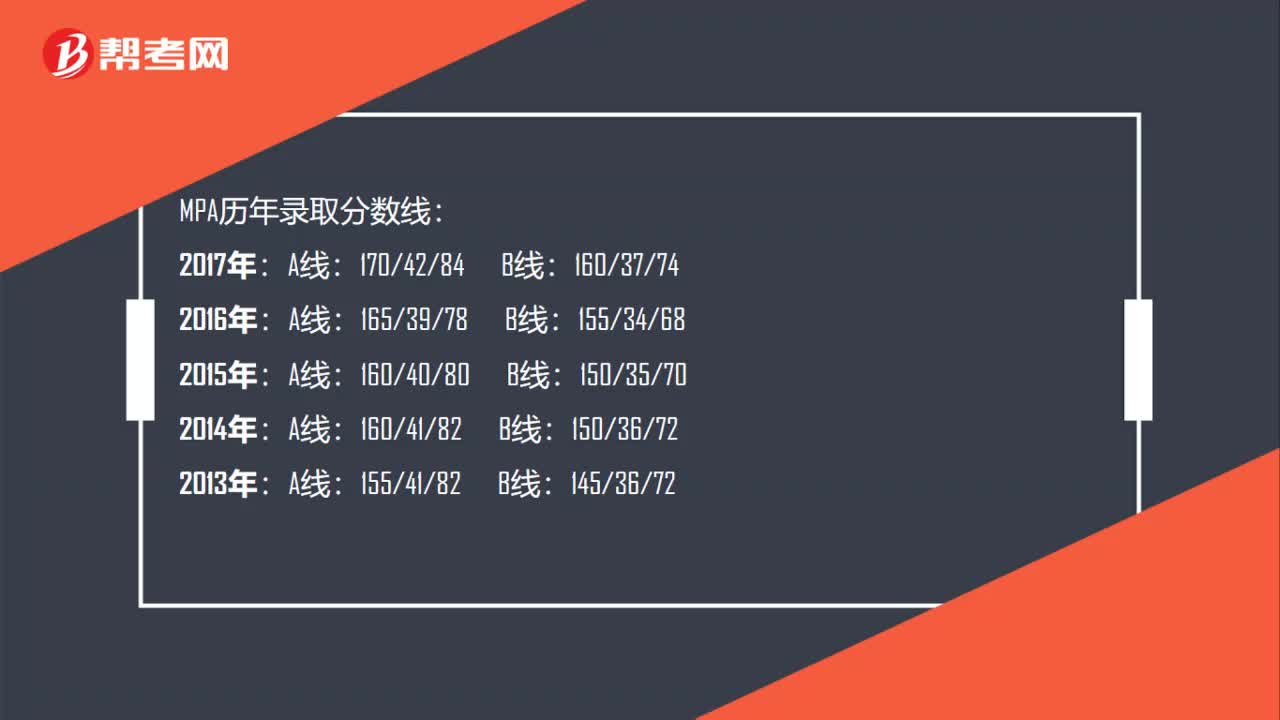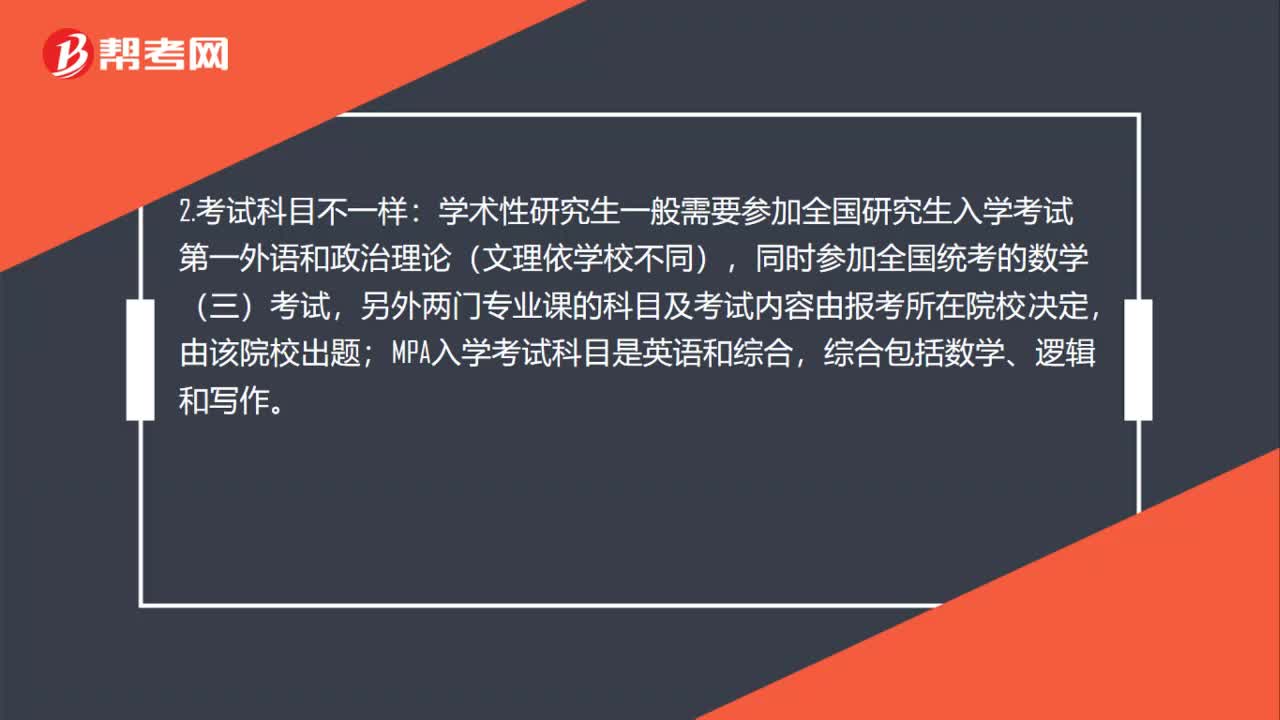
下载亿题库APP
联系电话:400-660-1360

下载亿题库APP
联系电话:400-660-1360

请谨慎保管和记忆你的密码,以免泄露和丢失

请谨慎保管和记忆你的密码,以免泄露和丢失

关于2020年的MPA考试,帮考网为大家准备了在职MPA联考英语阅读专项练习及答案,下面一起来看看吧!帮考网会一步一步陪你备考,每一次练习的成功,都会淋漓尽致的反映在分数上。一起加油前行。
German Chancellor ( 首相 ) Otto Von Bismarck may be most famous for his military and diplomatic talent, but his legacy ( 遗产 ) includes many of today\'s social insurance programs. During the middle of the 19th century, Germany, along with other European nations, experienced an unprecedented rash of workplace deaths and accidents as a result of growing industrialization. Motivated in part by Christian compassion ( 怜悯 ) for the helpless as well as a practical political impulse to undercut the support of the socialist labor movement, Chancellor Bismarck created the world\'s first worker\' s compensation law in 1884. By 1908, the United States was the only industrial nation in the world that lacked workers\' compensation insurance. America\'s injured workers could sue for damages in a court of law, but they still faced a number of tough legal barriers. For example, employees had to prove that their injuries directly resulted from employer negligence and that they themselves were ignorant about potential hazards in the workplace. The first state worker\'s compensation law in this country passed in 1911, and the program soon spread throughout the nation. After World War II, benefit payments to American workers did not keep up with the cost of living. In fact, real benefit levels were lower in the 1970s than they were in the 1940s, and in most states the maximum benefit was below the poverty level for a family of four. In 1970, President Richard Nixon set up a national commission to study the problems of workers\' compensation. Two years later, the commission issued 19 key recommendations, including one that called for increasing compensation benefit levels to 100 percent of the states\' average weekly wages. In fact, the average compensation benefit in America has climbed from 55 percent of the states\' average weekly wages in 1972 to 97 percent today. But, as most studies show, every 10 percent increase in compensation benefits results in a 5 percent increase in the numbers of workers who file for claims. And with so much more money floating in the workers\' compensation system, it\'s not surprising that doctors, and lawyers have helped themselves to a large slice of the growing pie.
1. The world\'s first workers\' compensation law was introduced by Bismarck .
A. for fear of losing the support of the socialist labor movement
B. out of religious and political considerations
C. to speed up the pace of industrialization
D. to make industrial production safer
2. We learn from the passage that the process of industrialization in Europe .
A. met growing resistance from laborers working at machines
B. resulted in the development of popular social insurance programs
C. was accompanied by an increased number of workshop accidents
D. required workers to be aware of the potential dangers at the workplace
3. One of the problems the American injured workers faced in getting compensation in the early 19th century was that .
A. they had to produce evidence that their employers were responsible for the accident
B. America\'s average compensation benefit was much lower than the cost of living
C. different states in the U. S. had totally different compensation programs
D. they had to have the courage to sue for damages in a court of law
4. After 1972, workers\' compensation insurance in the U. S. became more favorable to workers so that .
A. the poverty level for a family of four went up drastically
B. more money was allocated to their compensation system
C. there were fewer legal barriers when they filed for claims
D. the number of workers suing for damages increased
5. The author ends the passage with the implication that .
A. compensation benefits in America are soaring to new heights B. people from all walks of life can benefit from the compensations system
C. the workers are not the only ones to benefit from the compensation system
D. money floating in the compensation system is a huge drain on the U. S. economy
参考答案:BCADC
以上就是本次帮考网和大家分享的全部内容了,希望小伙伴们能够继续努力,相信最后一定会取得好成绩的。关注帮考网,还有更多有关考试练习在等着你哦!
 25
25MPA录取后是否可更改学习方式?:MPA录取后是否可更改学习方式?录取后或入学后可以更改学习方式。录取后在每年的五月份签订培养协议书时可以更改学习方式(全日制学习或在职学习);入学后如有特殊情况需要变更学习方式,可提交申请,经批准后变更学习方式。
 28
28MPA联考考试科目有哪些?:MPA联考考试科目有哪些?MPA考试内容:政治理论、外国语(英语、俄语、日语)、公共管理综合:包括:公共管理基础、综合知识(语文、数学、逻辑),共计3门。其中,政治理论由各招生单位单独组织,时间自行安排;其余2门全国联考。
 63
63MPA历年录取分数线是多少?:MPA历年录取分数线:1453672
 00:21
00:212020-06-12
 01:07
01:072020-06-12
 01:33
01:332020-06-12
 00:54
00:542020-06-12
 01:23
01:232020-06-12

微信扫码关注公众号
获取更多考试热门资料